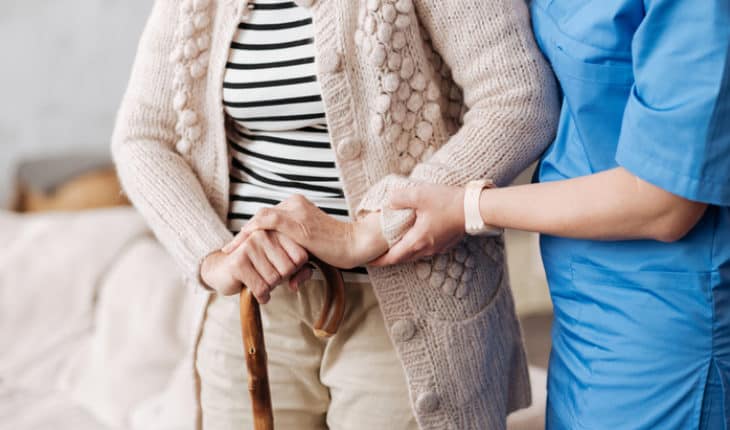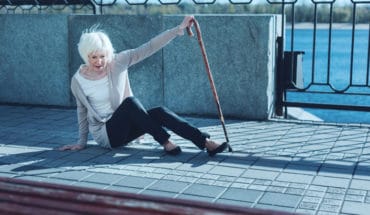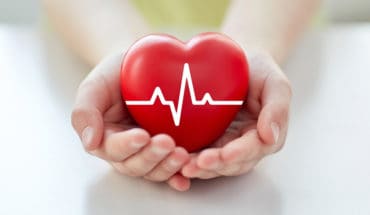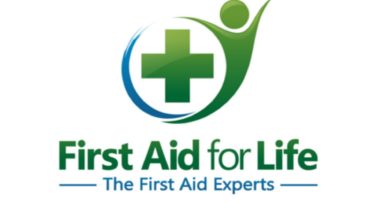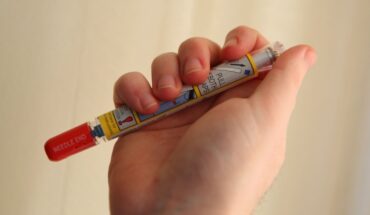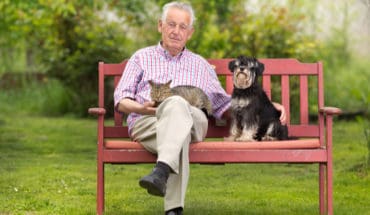Older people are at a far greater risk of falling. This is often due to them failing to identify risks and being fiercely independent.
If they begin to get muddled and confused that also puts them at a greater risk. Home hazards are frequently a cause of accidents.
Examples of Home Hazards:
- Loose stair carpets and rugs
- Poorly fitting footwear and slippers that no longer have sufficient grip
- Low light can sometimes be a hazard due to their eyesight beginning to fail
- They may fail to see the top step of the stairs or tripping over things that they had placed in a dangerous position.
If they have an urgency to go to the toilet, this can result in them rushing. If it is too late, they might on a wet floor.
Medication to reduce high blood pressure can result in them feeling dizzy if they get up too quickly and causing them to wobble or possibly collapse. Anyone on blood pressure reducing tablets should be encouraged to get up very slowly whilst holding onto something.
Carers should consider all these risks. They should work with the person they are caring for and with any external organisations to assess the likelihood of falling and minimise the risks.
- Approach them calmly and reassuringly be alert to any dangers to either you or the casualty
- Do not rush to move them. Get onto the floor so you are the same level as them and immediately assess:
- are they responsive?
- Not responsive – are they breathing?
- They are breathing. Look closely how they have fallen and carefully put them into the recovery position to keep their airway clear
- They are not breathing: start CPR immediately and act according to your organisation’s emergency policy. Request a defibrillator immediately if there is one available.
- If the person is responsive
- Talk to them. Try and ascertain the events of the accident and if there could be any medical cause such as a fit or stroke.
- Try and work out where it hurts most and look at them closely to see if there is any obvious bleeding, bruising or contorted limbs indicating a particular injury.
- If they are conscious and you think they may have fallen from a height or could have injured their neck or spine – Do not move them. Try and keep them as still as possible and discourage them from twisting. Phone an ambulance and calmly keep reassuring them until paramedics arrive.
- If you are aware of any bleeding apply firm pressure with a clean pad whilst awaiting the First Aid kit.
- If they start to show signs of clinical shock – lie them back and raise their legs and get medical help
- If there is no obvious injury or medical cause for the fall
- Carefully and very slowly help them into a sitting position – watch them carefully for any signs of pain, discomfort or dizziness
- With help, carefully assist them into a chair, or back to bed.
- Very carefully and reassuringly check them over completely to ensure that there is no unseen injury – this is particularly important with diabetics when they may not feel where they have hurt themselves.
- Monitor them carefully for the next 24 hours, inform their next of kin and fill in an accident form.
Click here for a first aid for carers course
- What is a seizure? - 13th March 2025
- Febrile Convulsions and Seizures in Children - 13th March 2025
- Why women are less likely to receive CPR or survive cardiac arrest - 6th March 2025
